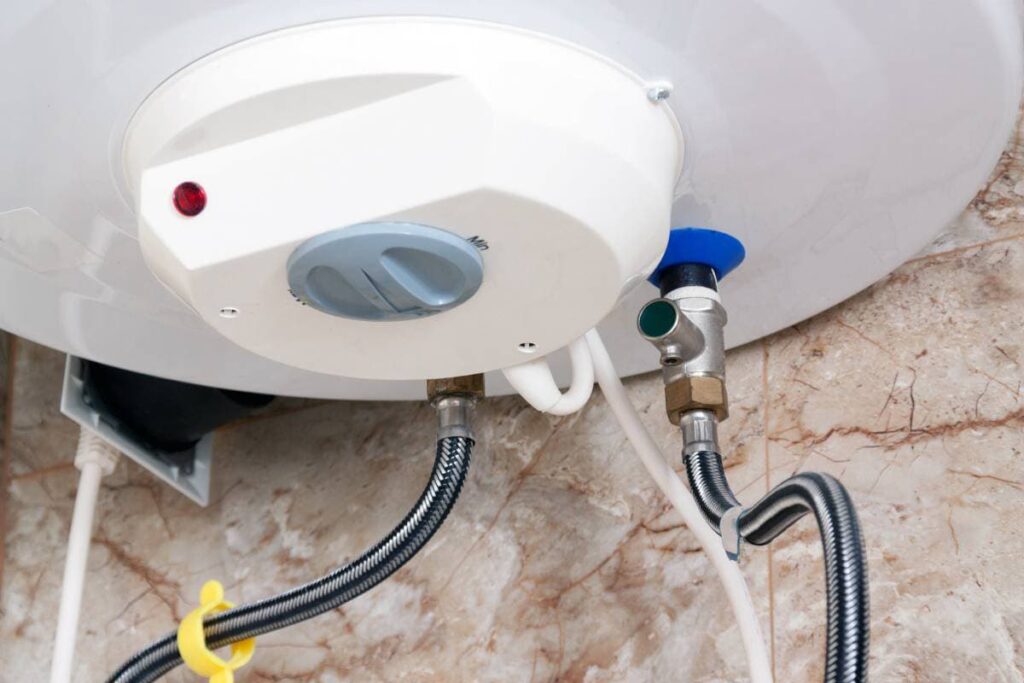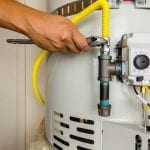Essential Guidance on Caring for Your Home's Hot Water System
Essential Guidance on Caring for Your Home's Hot Water System
Blog Article
The content down below pertaining to How to Maintain Your Water Heater & Prolong its Life is absolutely motivating. You should check it out.

Hot water is vital for day-to-day convenience, whether it's for a revitalizing shower or washing recipes. To guarantee your hot water system runs effectively and lasts longer, routine upkeep is crucial. This short article offers sensible suggestions and insights on just how to maintain your home's warm water system to prevent disturbances and expensive repair services.
Introduction
Preserving your home's warm water system could seem difficult, however with a couple of straightforward steps, you can ensure it runs efficiently for several years to find. This guide covers everything from recognizing your hot water system to DIY upkeep pointers and knowing when to call specialist assistance.
Significance of Keeping Your Warm Water System
Normal upkeep not just extends the life expectancy of your hot water system yet also ensures it runs effectively. Neglecting upkeep can result in lowered performance, higher energy expenses, and even premature failure of the system.
Indications Your Warm Water System Requirements Upkeep
Recognizing when your warm water system requires interest can avoid significant concerns. Watch out for signs such as irregular water temperature level, strange noises from the heating unit, or corroded water.
Comprehending Your Hot Water System
Prior to diving right into maintenance jobs, it's helpful to comprehend the fundamental components of your hot water system. Normally, this includes the water heater itself, pipelines, anode rods, and temperature level controls.
Month-to-month Upkeep Tasks
Normal month-to-month checks can assist capture minor concerns prior to they escalate.
Flushing the Water Heater
Flushing your water heater eliminates debris build-up, improving efficiency and extending its life.
Monitoring and Changing Anode Rods
Anode poles protect against deterioration inside the container. Inspecting and replacing them when worn out is important.
Checking and Readjusting Temperature Level Settings
Changing the temperature settings guarantees ideal performance and security.
DIY Tips for Maintenance
You can perform several maintenance jobs on your own to maintain your warm water system in leading condition.
Checking for Leaks
Routinely examine pipes and connections for leakages, as these can cause water damages and higher bills.
Testing Pressure Alleviation Valves
Examining the stress relief valve guarantees it operates appropriately and stops extreme pressure buildup.
Insulating Pipelines
Protecting hot water pipelines lowers warmth loss and can save energy.
When to Call a Specialist
While do it yourself maintenance is advantageous, some issues call for specialist know-how.
Complicated Concerns Needing Expert Help
Instances include major leakages, electrical troubles, or if your water heater is continually underperforming.
Routine Expert Upkeep Conveniences
Expert maintenance can consist of thorough examinations, tune-ups, and making sure compliance with safety and security standards.
Verdict
Normal maintenance of your home's hot water system is crucial for efficiency, long life, and cost savings. By following these ideas and knowing when to look for professional aid, you can guarantee a dependable supply of hot water without unanticipated interruptions.
How to Maintain an Instant Hot Water Heater
Before tinkering with your hot water heater, make sure that it’s not powered on. You also have to turn off the main circuit breaker and shut off the main gas line to prevent accidents. Also turn off the water valves connected to your unit to prevent water from flowing into and out of the appliance. 2. When you’re done, you have to detach the purge valves’ caps. These look like the letter “T†and are situated on either side of the water valves. Doing so will release any pressure that has accumulated inside the valves while at the same time avoid hot water from shooting out and burning your skin. 3. When the purge valves’ caps are removed, you have to connect your hosing lines to the valves. Your unit should have come with three hoses but if it didn’t, you can purchase these things from any hardware or home repair shops. You can also get them from retail stores that sell water heating systems. Read the user’s manual and follow it to complete this task properly. When the hosing lines are connected, open the purge port’s valves. 4. You should never use harsh chemical cleaners or solutions when cleaning your unit. Make use of white vinegar instead. It should be undiluted and you’ll probably use about 2 gallons. 5. Now flush your water heater. This task should probably take about 40 minutes. We can’t give you specific directions for this because the procedure is carried out depending on the type, model and brand of your heater. With that being said, refer to the user’s manual. 6. When you’re done draining the unit, you have to turn off the purge port valves again. Remove the hosing lines that you earlier installed on each of the water valves. Put the valve caps (purge port) back in their respective places and be very careful so as not to damage the rubber discs that are found inside these caps. 7. Now that everything’s back in place, check your user’s manual again to find out how to reactivate your water heating system. 8. Once it is working, turn one of your hot water faucets on just to let air pass through the heater’s water supply pipes. Leave the tap on until water flows smoothly out of it. https://www.orrplumbing.com/blog/2014/september/how-to-maintain-an-instant-hot-water-heater/

Do you enjoy more info about Water Heater Maintenance Tips You Can't Afford to Forget? Give a short review below. We would be pleased to find out your opinions about this blog post. We are looking forward that you come back again in the near future. Sharing is nice. Who knows, you could be helping someone out. Many thanks for going through it.
Click Here Report this page